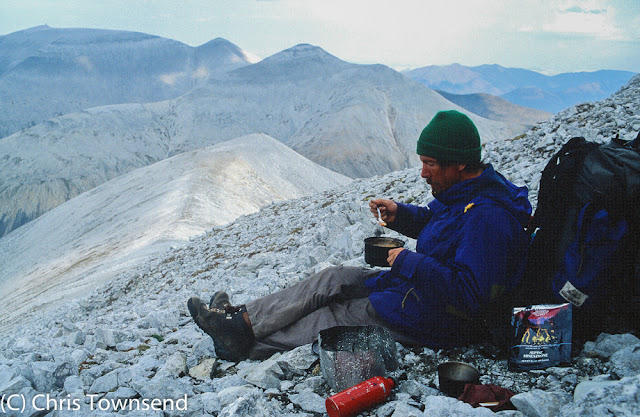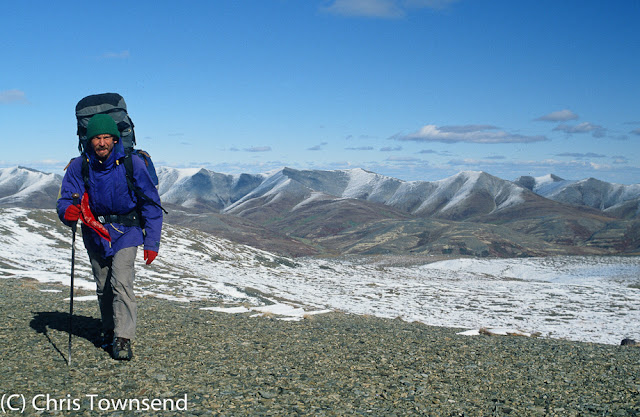 |
| Regenerating forest spreading up Coire Ardair, Creag Meagaidh |
Rewilding has been in the news recently, following the high-profile launch of Rewilding Britain, inspired by George Monbiot’s book Feral. Unsurprisingly all the attention has been on wolves and other big animals. They’re not known as charismatic megafauna for nothing. Important though these creatures are, rewilding is about far more and starts, in my opinion, with the land, with ending over-grazing and allowing forests, grassland and moorlands to regenerate.
 |
| The forest returns to a once heavily grazed field |
I’ve been watching this happen for over a decade in the area
around my home in the far north-east corner of the Cairngorms National Park.
Twenty-five years ago when I came to live here there were two working tenant farms
not far away. Large flocks of sheep and herds of cows kept the rough pastures
fairly close-cropped and prevented the growth of trees, long grasses and many
flowers. Then those farms closed and the land was shared out amongst more
distant farms. The number of cows and sheep dwindled and only some fields were
used. Trees began to return, grasses and flowers flourished. The land changed.
 |
| Fifteen years ago this was over-grazed |
Livestock used to regularly be driven up and down the track
leading to my house, nibbling everything along the way. Now there are birch
thickets, beautiful long grasses and masses of wild flowers. Even the pastures
still grazed by cows and sheep have a richer vegetation as the smaller numbers
means the animals don’t over-graze any area. The roe deer that live in the
woods now venture into the meadows far from the trees. Farmers and,
particularly, farmers’ dogs are no longer around to disturb them.
 |
| Roe deer buck in a field by my house |
The main way for rewilding to take place in the higher and remoter
areas of the Highlands is to reduce red deer numbers and end over-grazing. In
the absence of large predators this can only be done either by increasing the
numbers shot or by fencing deer out of forests. Where deer numbers have been
reduced (and sheep removed) the results are startling as can be seen at the
Creag Meagaidh National Nature Reserve where a new forest is springing up.
 |
| Forest regeneration, Creag Meagaidh National Nature Reserve |
The new forests that appear when overgrazing is ended won’t
be – can’t be – replicas of the old Great Wood of Caledon. (Jim Crumley reckons
there were actually four separate ‘Great Woods’ anyway). It would be impossible
for this to happen and futile to attempt it. What period would you pick as the
model to try and emulate? 5,000 years ago? 8,000? Conditions have changed. None
can be copied. New forests will be just that – new. And some will inevitably include
introduced species such as European larch and even the much-maligned Sitka spruce – they might
even be the dominant species in places. Sitka spruce, now the commonest tree in
Scotland,
would be impossible to eradicate anyway. Also, when not grown in regimented
lines in dense plantations it is a magnificent tree. Ending the plantation system and the
clear-cutting that leaves areas devastated would greatly improve commercial forests
and make them wilder too. I often see self-seeded spruce and larch growing
outside of plantations and I delight in seeing these free trees.
Missing wild animals are still needed of course. But even
without them a new wilder and more natural landscape is emerging in many places
and this provides a better habitat for the animals that are already here.
 |
| Black bear in Sequoia National Park in the Sierra Nevada, California |
 |
| Fresh bear print over a hiker's footprint in Glacier National Park in the Rocky Mountains |
Many years ago on my long
walk in the Yukon Territory I had one really special encounter that remains a
highlight of all my days in wild places.
I was crossing a big meadow when the feeling came over me
that I was being watched. I stopped, looked towards the forest a few hundred
yards away and froze with a mixture of awe, excitement and, I must admit,
slight fear. On the edge of the trees a pack of wolves was watching me. There
were six of them, ranging in colour from pale grey to almost black, all silent,
alert, magnificent. I stayed still and after a few seconds the wolves began to
slowly move away in single file, one of them always staying stationary,
watching me. When the watcher fell to the rear of the line another would stop
and the pack would continue. After several minutes they vanished into the trees
and I breathed out and relaxed. Later in the evening I heard them howling, a
wonderfully wild sound.
I saw wolves once more on that trip and heard them howling
many times more. How I would love to hear that sound in the Scottish Highlands!
The Highlands are wild but could be so much
wilder.
 |
| Bison and elk in Yellowstone National Park |
A few years ago I read three excellent books on rewilding
and the reintroduction of wildlife. Two were by Jim Crumley – The Last Wolf and The Great Wood. The other was Feral.
Crumley’s books are about wolves and forests in Scotland
and discuss the history of these as well as proposals for the future while
Monbiot’s book is more general, though centred on Wales. The message of these books
is that for our wild places to become wilder, for their ecosystems to become
healthier and more robust, extinct species, especially predators, need to be
reintroduced. Crumley particularly wants wolves, which he sees as being the key
to the renewal of the Caledonian
Forest. Monbiot spreads
his suggestions more widely and accepts that wolves are unlikely in the near
future. Lynx however could be brought back now. Both authors mention the
results of reintroducing wolves into Yellowstone
National Park, which has
led to far more positive changes than expected. As well as keeping deer numbers
down the wolves have kept the deer moving, reducing grazing pressure. The deer
now completely avoid some areas where the wolves could easily trap them too so
in those places there is no browsing at all. This has allowed many plants to
flourish and with them a host of birds and animals. It is a fascinating and
inspiring story.
Realistically wolves are unlikely to be reintroduced in the
near future, due to the opposition of estate owners and the false picture
created about them over the centuries (well described in The Last Wolf). Other less controversial species could be
reintroduced though such as lynx while beavers, already present both officially
and unofficially (the latter seem to be doing best), could be released in more
places (Cairngorms National Park are considering this
Rewilding results in a more diverse landscape with a greater
variety of plants and animals. It could be done very easily in far more places if
the will was there.


















